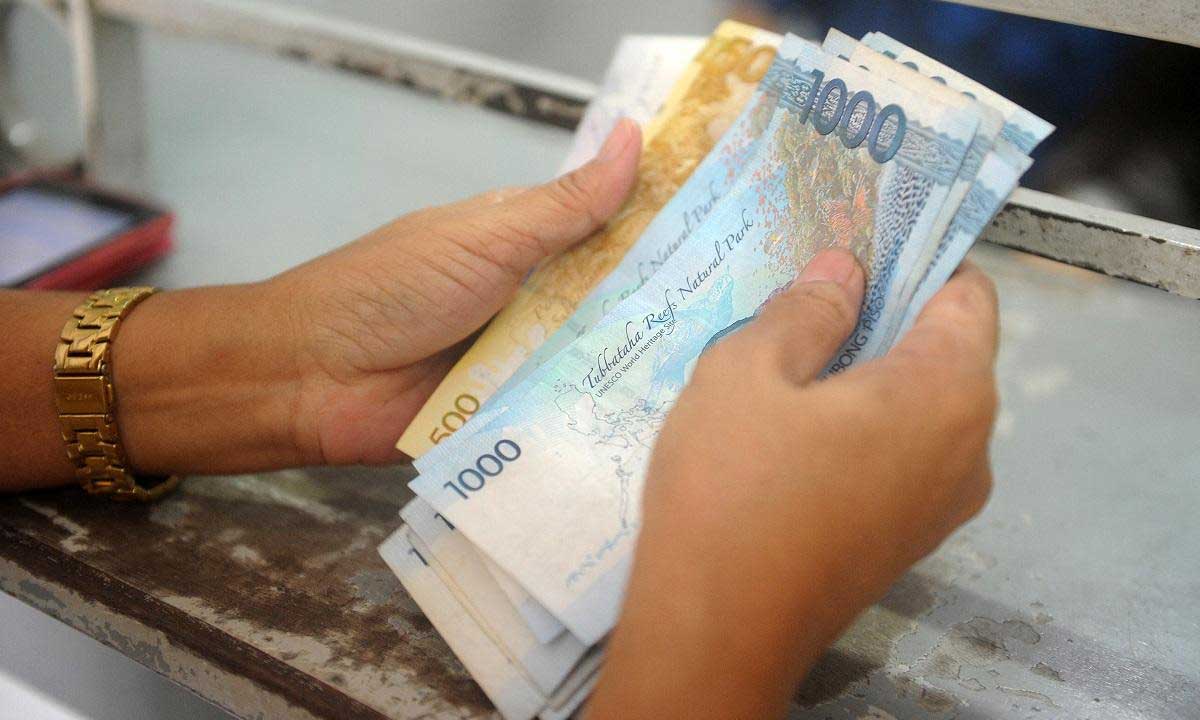
The recent depreciation of the Philippine Peso to PHP58 to a USD has been attributed to several factors led by a strong dollar performance, according to the Bangko Sentral ng Pilipinas (BSP), as the US Federal Reserve Board continues to raise key rates to address the combined effects of an elevated inflation rate, the global pandemic and the Ukrainian-Russian conflagration.
A sector heavily affected by the falling peso value is agriculture, saddled with shortages in production output and higher import prices. The resultant food crises will inflict damages on the retail market and related industries, families’ livelihood and the economy in general.
Systembrand Group Managing Director Angel Buñag said “importing supply to address the shortfall in local production of critical food commodities will be further exacerbated by the weakened peso”. In his previous involvement with the sugar industry on export/import trade and tariff issues, Buñag observed that the Philippine sugar industry is at the short end of the bargain since it faces other countries’ sugar industries heavily subsidized by the State. Subsidies to American sugar farmers at USD4B times an exchange rate of PHP58 are staggering; Thailand’s USD192M for sugarcane farmers is equally a huge advantage over locals.
First Metro Investments (FMIC)’s Q2 assessment is that continuing peso depreciation will result in bloated trade deficits.
Accelerated inflation rate could give rise to global oil and non-oil commodity prices as well as aggravate domestic supply issues for agricultural products such as sugar, onion, livestock and others – like fisheries especially sardines, which the Tuna Canners Association of the Philippines projected to be at a shortage of 20-40% catch. A key factor in getting food supply to the market is Packaging. Both wholesale and consumer packaging for agri-products, mostly of imported materials and of foreign manufacturing techniques, will also be affected by the weak peso.
In the face of shortages in supply and rising prices and disrupted logistics, the issue of importing 600,000 metric tons of sugar arose although previously, there was already a controversy in the importation 200,000 metric tons of sugar as opposed by the Rural Sugar Planters Assn., Inc.
NEDA Secretary Arsenio Balicasan said that “it is imperative to transform Philippine agriculture into a dynamic and productive sector to speed up our recovery and significantly reduce poverty in the country”. NEDA’s approach is to support the agriculture sector through lower input costs, innovation in farming, extension of financial assistance to farmers and boosting the agricultural value chain.
“The government remains committed to taking swift and decisive action to ensure Filipinos can cope with the higher cost of living by providing targeted subsidies and ensuring unhampered supply of goods and services despite the rising global oil prices,” said Balicasan.
“Farm productivity boils down to the sugar farmers and their participation as Micro, Small and Medium-Sized Enterprises (MSMEs)”, Systembrand Group’s Buñag said and added, “that’s why we developed an inclusion advocacy – PacKILOS – to support sugar farms, for one, in managing and growing the business through modern production technologies and trade systems, over and above common agricultural practices, to boost their roles in the industry here and abroad and their competitiveness”.
The digitized PacKILOS program targets the essential areas of Product Development and Branding, Packaging Graphics and Structural Designs to improve market operations, distribution and logistics.
Packaging, reaching 69 billion units at 3.3% CAGR by 2024, is an integral part of the food industry, accounting for 39.5% market share. Flexible packaging was the most utilized packaging material for the consumer market followed by glass and rigid plastics while inner-lined jute or woven plastic bags are used for transporting raw sugar through break-bulk cargo.
At a time of supply chain volatility, the need is to recalibrate the use of technology at rationalized costs of money, pricing and its adaptability to markets. Among the different resources of the sugar industry, from farm lands to sugar mills, its labor force of close to 520,000 representing about 7% of the country’s population is a considerable asset that can be added to a total of over 5,000,000 MSME employees and could be harnessed further through MSME socio-entrepreneurships. Scaling up product development and production for the export market of which MSMEs contribute 25% of the revenue, can help mitigate the negative effect of a depreciated peso on consumption spending.






















